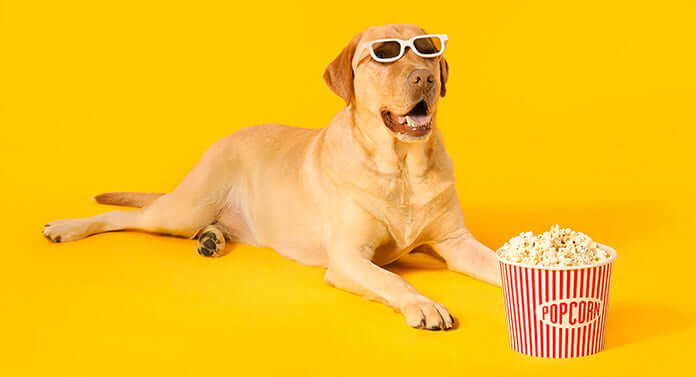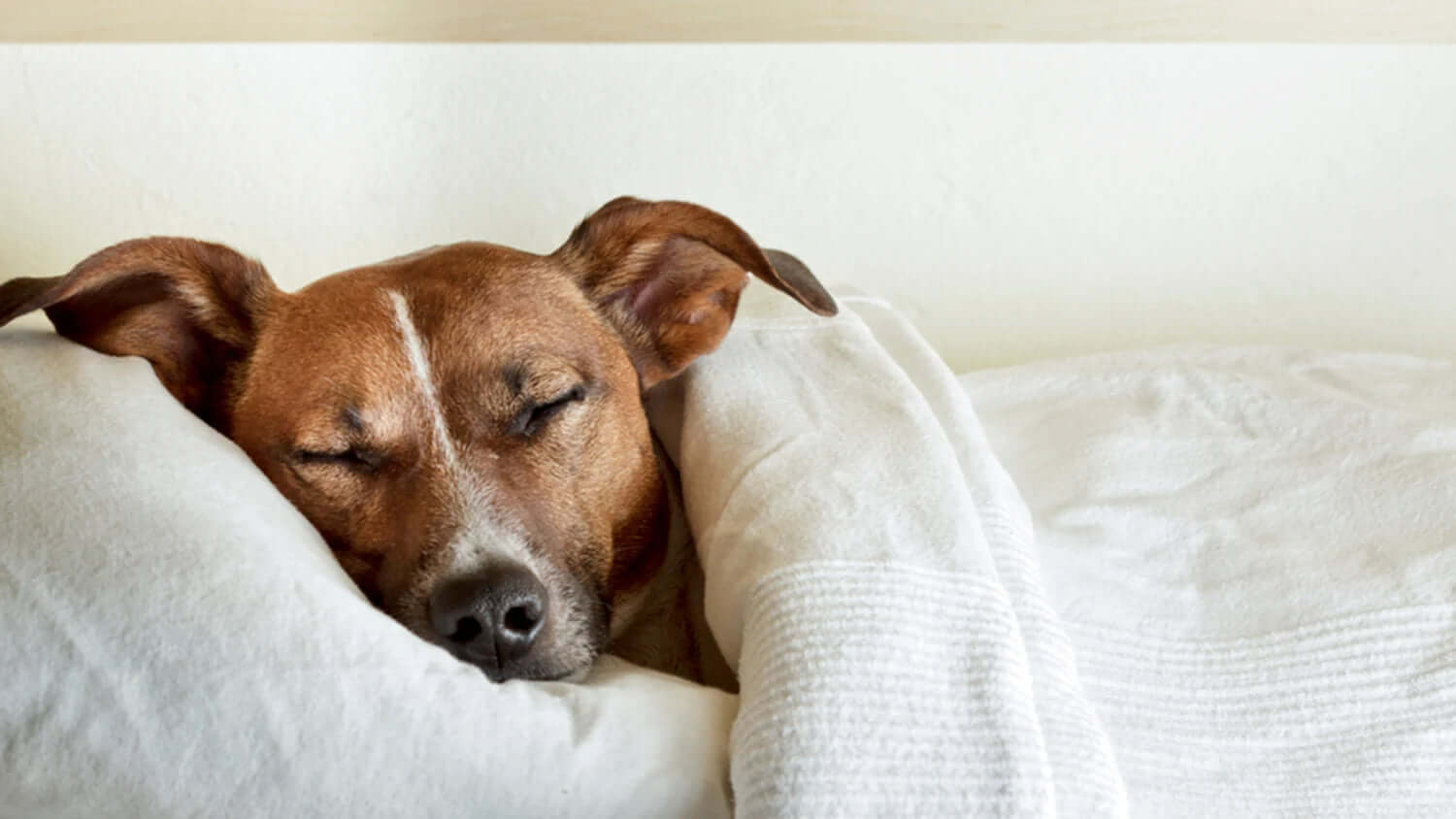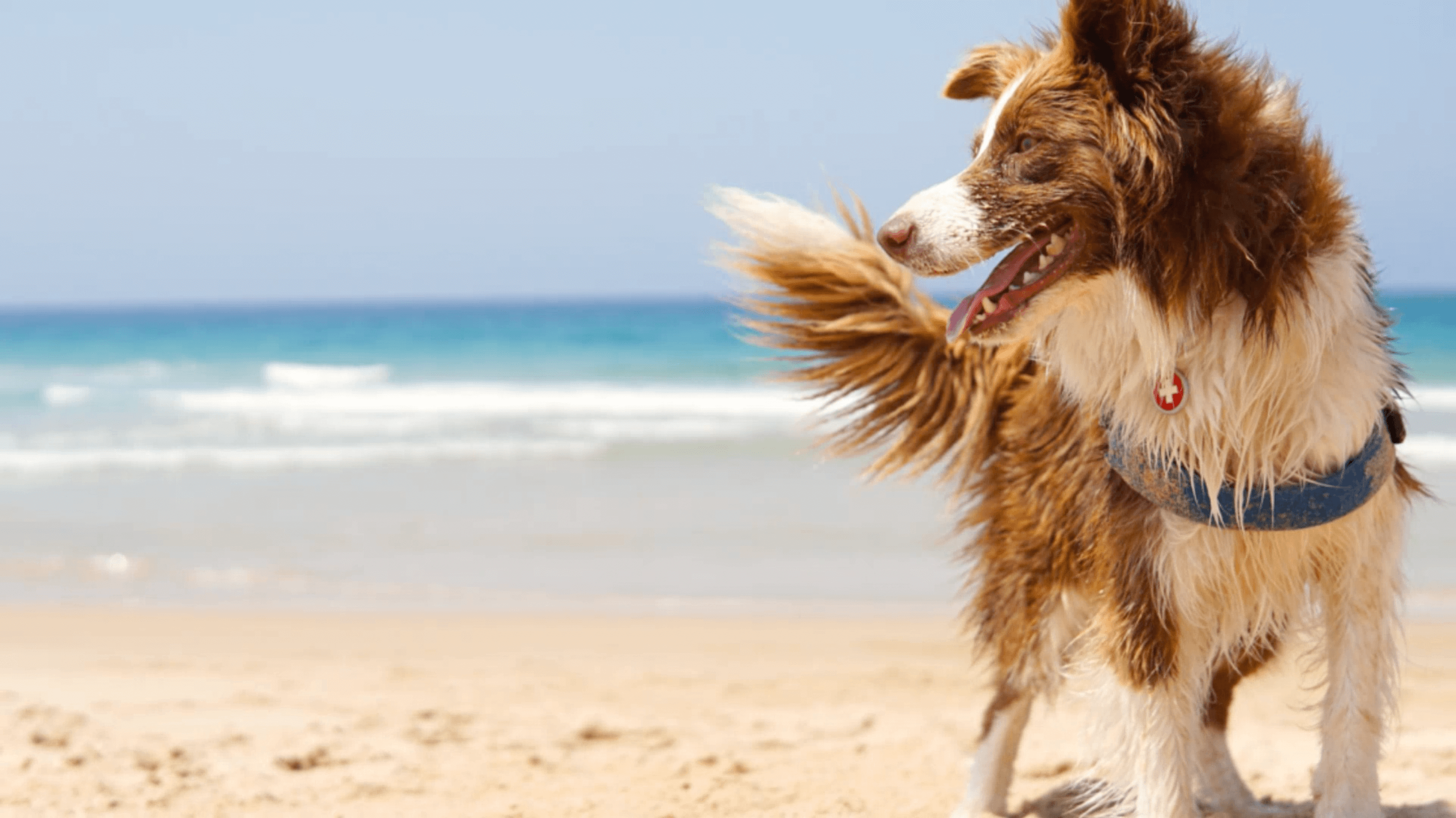Have you ever wondered if your dog is happy? Well, I have. As a pet parent, what I want most in the world is for my dog to be absolutely happy, to have a wonderful life full of joy and excitement.
And although I do my best to make that happen, until this day my dog has never stood up and told me “hey ma, thanks for everything, I’m truly happy”. So, how can I know if what I’m doing is working? How can I tell if my dog is happy?
Luckily, there are some signs to look for to check if a dog is happy and having a good time. Let’s go through them so every concerned loving pet parent and I can make sure our pooches are happy once and for all.
Body language
One of the most effective tools to determine how a dog is feeling is their body language. It will tell us if they are feeling uncomfortable, happy, relaxed, tense and even scared. Let’s pin out some of the body language signs dogs give when they are feeling happy.
- Floppy ears: if your dog has its ears pinned back or stiff, they are probably alert, feeling stress or even fear. On the contrary, if their ears are loosely hanging around their head, they are probably happy and relaxed.
- Soft eyes: this might be a little bit harder to identify. A soft relaxed gaze means that your pooch is happy. They will have open eyelids and will blink often. If your dog has a hard gaze and narrowed eyes, they might be feeling stressed or scared, especially if they have a lot of the white part of their eye showing.
- Smiling: although dogs don’t smile like we do, when they are feeling happy, they have a facial expression that resembles a smile. They have their mouths wide open with the corners raised upwards, which very much resembles a human smile. This happens because when dogs are relaxed, they muscles do so too. If you want to learn more about dogs’ smiles, make sure to check out this article.
- Wiggly body: happy dogs have relaxed wiggly bodies. This sign is quite easy to identify. When a dog is happy, they just look like it. They are relaxed, their tail is wagging and their whole body can be wiggling too. On the contrary, a dog that’s tense will have a body language that shows so. They have a stiff tail, pointy ears and an overall tense pose.
- Tail wagging: this is dog body language 101. Everyone knows that there’s nothing that screams “happy dog” more than an excited tail wagging.
- Belly up: when you see a pup with their belly up, then you are in front of a happy dog. This is one of the most common behaviors dogs who are relaxed and happy do.
They enjoy playtime
Each dog is its own whole world. Some dogs enjoy taking three-hour-long walks and playing with furry friends in the park, while others prefer going to the beach to play fetch with their owners. Not every dog loves to do the same.
But what every dog does is love some activity. Whatever that activity is for your dog, you have to make sure they want to do it regularly. If your dog loves going on walks but all of a sudden doesn’t seem to be eager to do so, there might be something wrong with them, especially with their mental or physical health.
If your dog loves playing fetch at least once a day, but many days pass by in which your pooch doesn’t bring you the ball to play at all, they are probably not feeling pretty happy because of some reason.
Sleeping
That's right! Although seeing your dog sleep during the afternoon can make you think that they are bored and unhappy, this isn’t the case. Healthy and happy dogs sleep 14 to 16 hours a day approximately.
So, if your dog is a professional napper, this probably means they are as happy as they can be.
Nevertheless, you must be really careful with both too much and too little sleep. If a dog can’t seem to relax during the day and have a good nap, or if they sleep throughout the whole day, there probably is something going on with them.
Good appetite
Another sign you have a happy pup is a good appetite. Once again, the parameters of a good appetite depend on each dog. Some of them go crazy the moment they hear their food being served, and some others take their time during dinner.
The important thing is that their appetite is constant. If you notice sudden changes in their desire for food, then make sure to take them to the vet for a quick check up.
Most importantly, if they don’t seem desperate to eat their favorite treats, then something is definitely going on!





